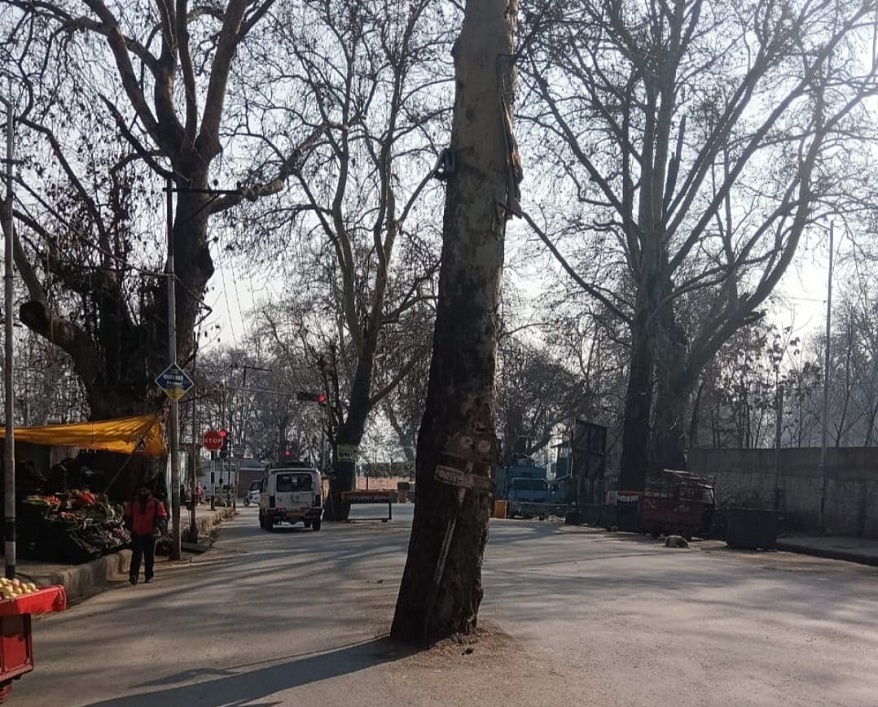
Srinagar- The Forest Research Institute is building a database of Chinars across Jammu and Kashmir in order to strengthen its conservation programme for the heritage tree.
Officials of the institute said that an exercise to know the exact number of Chinars has culminated in Kashmir.
However, the institute will now launch a similar census in Chenab Valley to know the number and health of Chinars across the union territory.
So far, the institute has geotagged as many as 18,000 of these trees across the valley and the remaining 10,000 are still under census.
Dr Syed Tariq, researcher and coordinator of the Chinar census project of the institute the exercise will culminate after the Chinars from Chenab valley are censused.
“Chenab valley, which constitutes Doda, Ramban, and Kishtwar also have Chinar trees. The census activity will begin soon thereafter the exact number of Chinars in the union territory will be known,” he said.
To have a concrete database about Chinars, Tariq said they have proposed QR coding of Chinars across the union territory.
“So far traditionally we have made use of paint and stencil marking. QR-coding however, is highly technology-driven, which will store the profile of each tree,” he said.
Tariq said along with QR-coding, they have also proposed a website site that will have the entire information about the Chinar population in every district.
“The QR- code scanning will direct the users to this proposed website. Through scanning, a user will know at least 25 characteristic of the tree, which includes health, age, height girth and others,” he said.
The QR code will direct the users to an appropriate website where information regarding Chinars will be stored.
In the proposal, the institute has also suggested for using specific plates and nails so that the growth of Chinar is not affected at all.
“The SS/ metal of the size 6*4 plates shall be fixed at the height of a feet from the ground. The nails with springs shall be sued that will allow the plate to stay off the tree and as it grows the springs will compress,” Tariq said.
Locally called bou’in or boueen in Kashmiri language, and scientifically known as the Platanus orientalis, the Chinar tree grows over 20 metres in height, while its girth can go up to 50 feet.
The Chinar tree is highly revered in Kashmiri culture and serves as a symbol of the region’s natural heritage. The tree is frequently portrayed in a variety of artistic, poetic, and literary works. The oldest Chinar tree is believed to be over 700 years old and is in Budgam’s Chattergam village with a girth of over 50 feet.
Follow this link to join our WhatsApp group: Join Now
Be Part of Quality Journalism |
Quality journalism takes a lot of time, money and hard work to produce and despite all the hardships we still do it. Our reporters and editors are working overtime in Kashmir and beyond to cover what you care about, break big stories, and expose injustices that can change lives. Today more people are reading Kashmir Observer than ever, but only a handful are paying while advertising revenues are falling fast. |
| ACT NOW |
| MONTHLY | Rs 100 | |
| YEARLY | Rs 1000 | |
| LIFETIME | Rs 10000 | |








